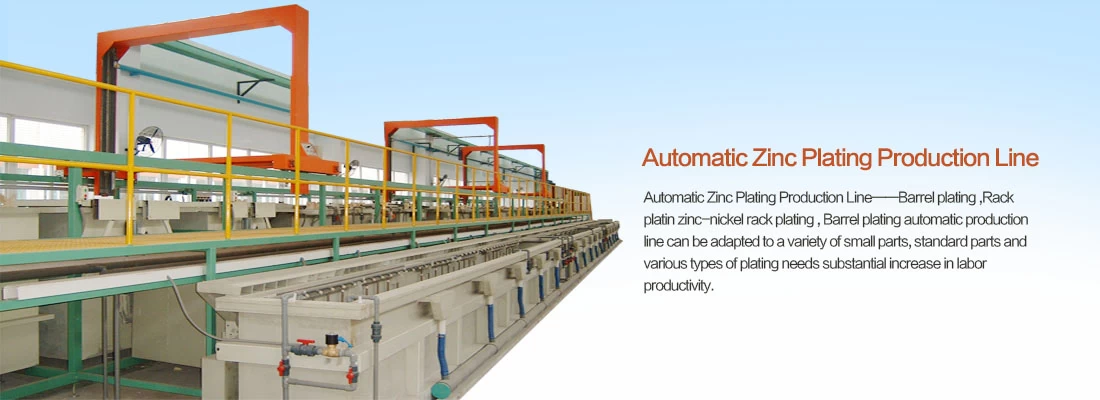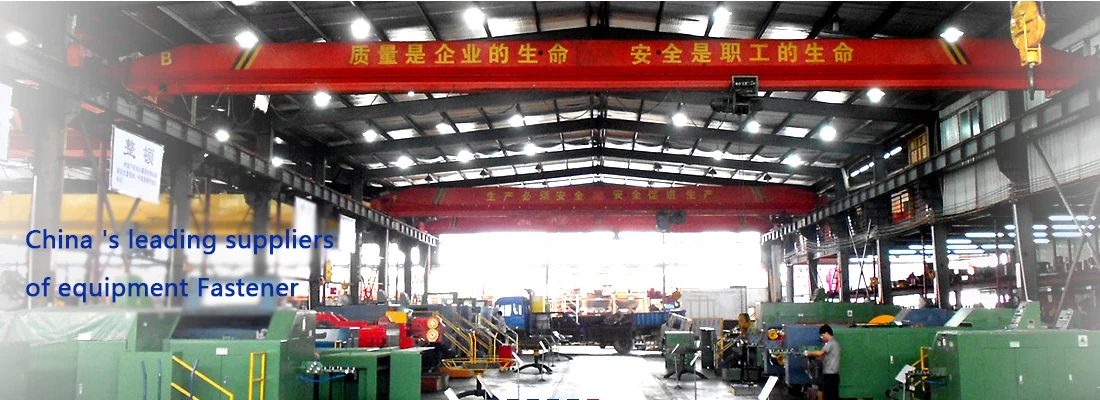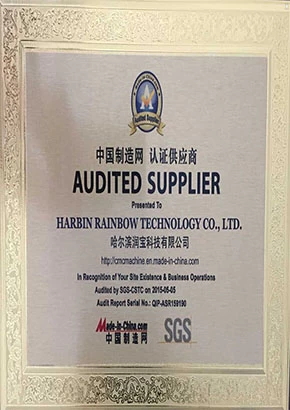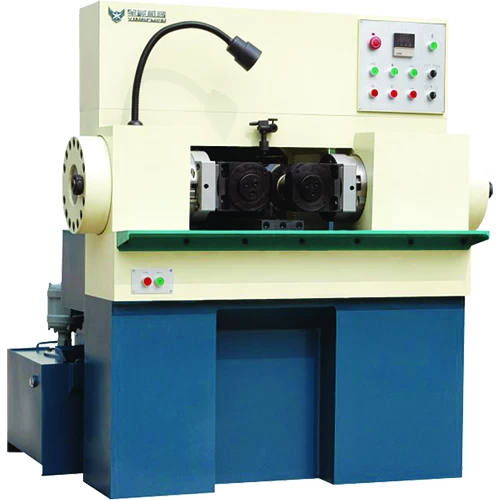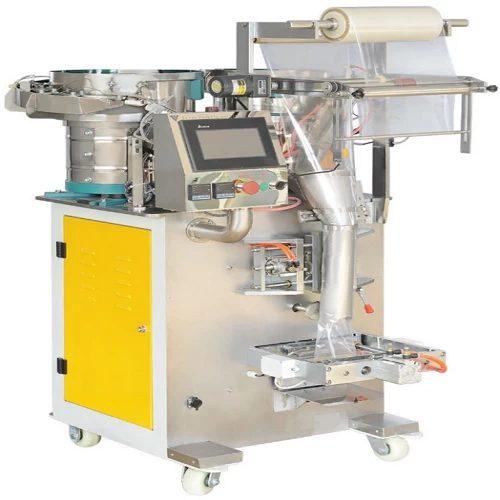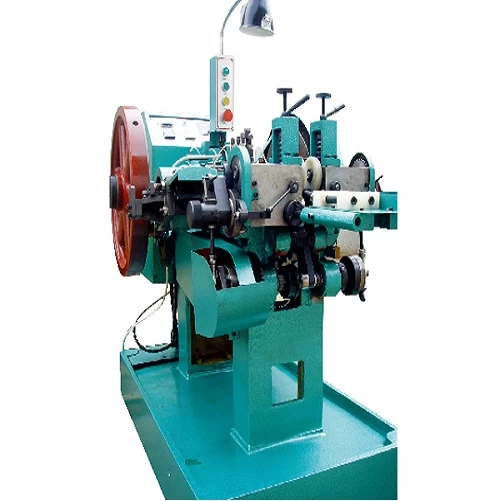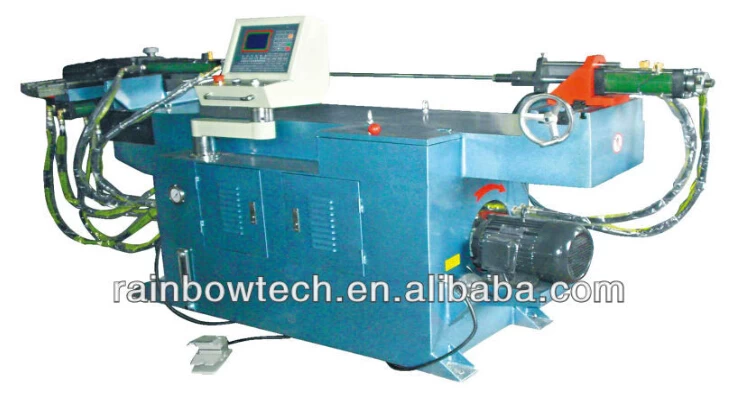Heat treatment of stainless steel fasteners
Heat treatment of stainless steel fasteners
The heat treatment process of stainless steel fasteners mainly includes the following:
Annealing : Annealing is the process of heating a material to a certain temperature and then cooling it slowly. The purpose of annealing is to eliminate the stress generated by stainless steel fasteners during processing and improve their mechanical properties. Under normal circumstances, the annealing temperature of stainless steel fasteners is between 700~800 °C, and the duration is generally about 1 hour. The annealing process refines the grain of the material, reduces oxides on the grain boundaries, and improves the toughness, ductility, corrosion resistance, and fatigue life of stainless steel fasteners1.
Solution treatment: Solution treatment is the process of treating materials at high temperatures and then cooling them rapidly. Solution treatment can dissolve the precipitates inside the material, improving the strength and hardness of stainless steel fasteners. Under normal circumstances, the solution temperature of stainless steel fasteners is between 1050~1150 °C, and the duration is about 1 hour. Solution treatment is followed by quenching to rapidly cool the material and allow it to form a martensitic structure. Solution treatment and quenching treatment can significantly improve the corrosion resistance and high-temperature strength of stainless steel fasteners 12.
Aging treatment: Aging treatment is to process the material at high temperature for a period of time, and then carry out a proper cooling process. Aging treatment can make the precipitates in the material continue to grow and precipitate, and improve the strength and hardness of the material. Under normal circumstances, the aging temperature of stainless steel fasteners is between 450~550 °C, and the aging time is between 1~4 hours. Ageing can significantly improve the strength, hardness, and toughness of a material1.
Stabilization: For stainless steels containing titanium or niobium, stabilization annealing is possible in order to obtain stable corrosion resistance. The heating temperature selection principle of stabilized annealing should be higher than the dissolution temperature of (FeCr)23C6, generally between 750~860°C 2.
Sensitization: Sensitization is done to relieve stress or remove residual stress after processing. The temperature of sensitization treatment is generally 650°C, and it is air-cooled after holding for 5~6 hours2.
Stress relief treatment: Stress relief treatment is mainly used to remove stress generated during machining. The heating temperature of stress relief treatment is generally between 280~400 °C, and it is air-cooled or slow-cooled after holding for 2~3 hours2.
The selection and application of these heat treatment processes need to be determined according to the specific use environment and requirements to achieve the best performance and longevity.



